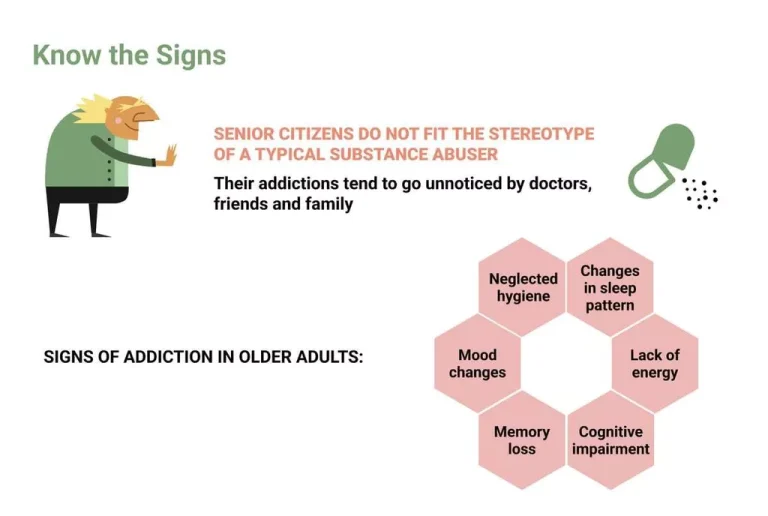Findings have shown that gut microbiota can mediate drug metabolism including reduction174, oxidation175, dehydroxylation, decarboxylation176, etc. DDIs between antibiotics and drugs that are metabolized by gut microbiota are commonly reported. Many antibiotics can disturb the PK of a co-administered drug by affecting the enzymatic activities and composition of gut microbiota177, leading to an altered therapeutic effect.
In terms of pharmacodynamics-based DDIs, identification and monitoring of clinical endpoints relevant to both the efficacy as well the adverse effects of therapeutic biologics is highly recommended. In vitro, in vivo and clinical studies are usually conducted to identify any potential DDIs. The in vitro studies are usually simple systems that can be used for high throughput screening and provide mechanistic information for potential DDIs. In vivo animal studies are often conducted using clinically relevant dosages and pharmacodynamic endpoints to confirm the in vitro observations.
- Consequently, newborns and older people often need smaller doses per pound of body weight than do young or middle-aged adults.
- Although evidence of gut microbiota-mediated DDIs remain limited, the growing interest in microbiota will definitely provide a better understanding on their influence on the PK and pharmacodynamics of drugs.
- Among the three OCTs, OCT2 is the major transporter for renal secretion of a variety of drugs such as memantine, metformin and amantadine.
- The most common and important enzyme group involved in the Phase I metabolism of drugs is the cytochrome P450 (CYP450) superfamily of enzymes.
- Several studies determined that microRNAs (miRNAs), could down-regulate the expression of metabolizing enzymes, which will be further reviewed in Section 2.3.
In addition, a number of Phase 2 drug-metabolizing enzymes such as the UGTs are regulated by miRNAs at the posttranscriptional level114, 115, 116, 117, 118, 119. Findings on miRNA-controlled regulation of DMPK provide new insights into mechanisms behind inter-individual variations in pharmacotherapy. In recent years there has been an increased effort to better understand the role of enzymes beyond P450, UDP-glucuronosyltransferase, and aldehyde oxidase in drug metabolism. Recently, several biological enzymes responsible for endogenous substrate catalysis, such as dipeptidyl peptidases and arylacetamide deacetylase, are newly proven to have additional capabilities in drug transformation. Drugs that rely on these non-P450 enzymes for their in vivo clearance, however, usually undergo non-classical metabolic pathways.
Improving safety profile of drug candidates
It is known that the benzylic C–H bond, the allylic methyl and the O-, N-, S-methyl groups are the mostly preferred metabolic soft spots when these groups are not sterically hindered, subjecting to P450 mediated metabolism4. Thus, the tendency to be metabolic soft spots will be depending on the intrinsic reactivity of the functional groups and the substrate specificity of the particular molecule bearing this particular functional group (soft spot) in metabolizing enzyme systems. One of common approaches to address the metabolic soft spot issue is to use bioisosteres to replace those identified soft spots. Bioisosteres are substituents or groups that have chemical or physical similarities and related molecular shapes and may produce roughly similar biological properties7. For example, in some cases, when a benzylic methyl group is identified as a metabolic soft spot, a fluorine or a chlorine atom, or a -CF3 group, could be used to replace the benzylic methyl group. Direct competition between therapeutic biologics and small molecules in PK is not common due to their distinct pharmacokinetic pathways163.
Conversely if other substances increase the ability of the enzymes to break down a drug, that drug’s side effects are decreased. An interprofessional approach to drug dosing and administration in light of the effects of drug metabolism on patients, whether through impaired metabolism, drug-drug interactions, enzymatic induction, or other factors, provides the best potential for optimal patient care. The interprofessional care approach results in better therapeutic results with fewer adverse events.
It is also noteworthy that miRNA research is limited to the use of miRNA-expressing plasmids or viruses, or chemically-synthesized or chemo-engineered miRNA mimics126, 127, 128. To better capture the properties of biologic RNA molecules and cellular miRNA machinery, a novel RNA bioengineering technology has been established for the production of biologic miRNA agents in living cells109,129, 130, 131, 132, 133. With such novel bioengineered miRNA agents produced cost effectively and on a large scale, extensive functional studies have been conducted and the results showed rather a modest change in the PK of major CYP probe drugs in mouse models134. Further studies have demonstrated the utility of miRNAs as therapeutics or sensitizing agents for the treatment of human diseases in various animal models133,135, 136, 137, 138, 139. Transporters also affect the tissue distribution and contribute to the selective distribution of drugs to specific tissues.
They cleave DNA at specific sites to form double-strand breaks (DSBs), which are then repaired by cell homology and used as templates by exogenous donor DNA. Another engineering nuclease that was subsequently discovered for gene editing is transcription activator-like effector nucleases (TALENs)300,301. Since the 1990s, Cyp knockout (KO) mice have been successfully constructed using gene KO techniques, such as Cyp1a2, Cyp2e1, Cyp2c9, Cyp3a4 and Cyp2d6302, 303, 304, 305. In recent years some of mouse models have been used to study the DMPK of drugs under specific Cyp knockout conditions. To overcome the differences in subtype composition, protein expression, catalytic activity and substrate specificity between mouse and human CYP enzymes, scientists have built humanized animal models to better evaluate drug metabolism characteristics of human CYPs.
4. Conjugation pathways
These 2 enzymes are responsible for metabolizing dozens of biogenic and xenobiotic chemicals. In recent years, apart from the DDI, disease–drug interactions have attracted lots of attention due to their potential impact on efficacy and safety of clinical therapy. Disease–drug interactions mainly refer to the disease itself can lead to changes in PK and pharmacodynamics of drugs, and also include the influence of alteration of endogenous substrates related to metabolism on disease status. Both effects of disease on drug metabolism and effects of metabolism regulation on diseases have the potential to increase the risk of treatment failure and the incidence of adverse reactions189. Although there have been some reports published on disease–drug interactions, there are still many unknown issues to be characterized. This review provides an update on the research on disease–drug interactions and offers an in-depth perspective on new strategies for the elucidation of disease–drug interactions.
For a new moiety entity clinical development, verification of an established PBPK model based on human data with the specific ADMET mechanism is required, which may need an additional clinical trial. Recently, global development is going to become routine strategy, and ethnic differences in PK characteristics will be important. Therefore, PBPK could support evaluation of ethnic differences by its unique contribution to the mechanistic understanding296. Under many scenarios, we only pay attention to drug ecstasy withdrawal and detox symptoms and timelines concentration in tissues related to PK, PD, or safety characteristics, so we don’t need to accurately capture drug kinetics in other tissues. Therefore, in order to increase parameter reliability without a decrease in PBPK power, we could shrink the typical PBPK model integrating each tissue in humans to a semi-PBPK model integrating necessary target tissues and replace other tissues with one or two compartments. Herbal plants and herbal products are commonly used as remedies and dietary supplements.
2. Current status of research on herb–drug interactions
Recent research has found that in brain, CYP2D6 can metabolize both m-tyramine and p-tyramine into dopamine8. The CYP4 family has gained increasing attention for its potential to generate interesting metabolites and dispose of endogenous 12 illegal street drugs substrates in recent years. CYP4F11, together with CYP4F2, plays an important role in the synthesis of 20-hydroxyeicosatetraenoic acid (20-HETE) from arachidonic acid, and participates in the metabolism of vitamin K9.
Investigation of herb–drug interactions (HDIs) is often more complicated than that on DDIs, due to the complex herbal components and the batch-to-batch variation of herbal products. More pharmacokinetic and pharmacodynamic data on the bioavailable herbal components from clinical studies using standardized herbal products are warranted for better understanding of HDIs. With the increasing number of therapeutic biologics in the market, it is critical to build strategies and regulations on the potential DDIs involved biologics.
At the same time, the relative amount of the dGSH adducts could be quantified by fluorescent detection. Replacement of hydrogen atoms with deuterium atoms to block a metabolic soft spot or to alter the route of metabolism is an approach to utilize the so-called “isotope effect” when designing new bioactive molecules. Because the carbon-deuterium bond is more difficult to break than the carbon-hydrogen bond, the deuterated molecule may have reduced metabolism on the carbon atom where the deuterium atom is attached, potentially lowering the in vitro and in vivo clearance or altering the metabolism. This was exemplified by the effort to identify new mGlu3-selective and CNS-penetrant negative allosteric modulators20.

















